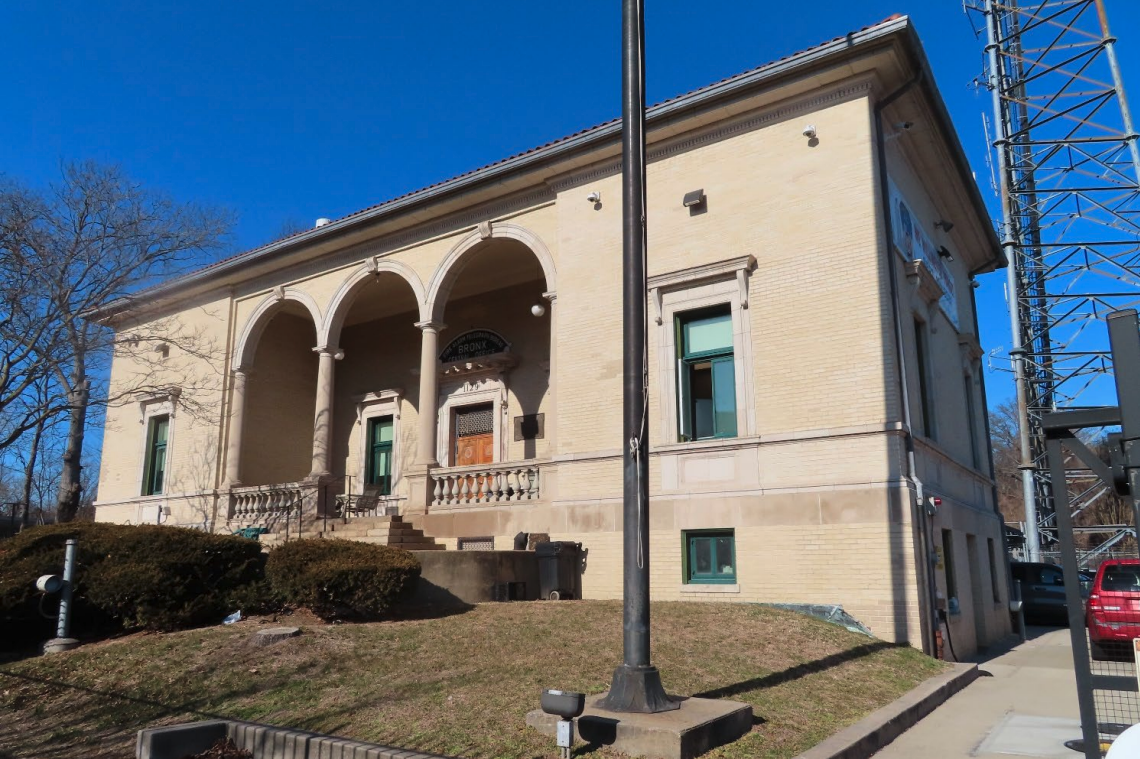Did not know that, thanks for the info.
Always thought the house looked like an old opera house, something you would see in Europe.
Funny how a lot of the older house houses were built with two of everything (kitchens, housewatches, bunk rooms, etc.) and a wall between the engine and truck
I posted this back in December 2022 in a thread about House watch areas:
The separation of companies within a firehouse derives from the military Principle of War, "Unity of Command".
Most of the original units of the Metropolitan FD and the FDNY inherited the quarters of the former volunteer companies. They were stand alone engine, hose, or truck houses. As the department expanded northward up the Isle of Manhattan and into The Bronx the concept of combined companies came into use. A steam pumper, hose wagon, and ladder truck were housed under one roof under the command of a single captain. After 1900 it became apparent that such coverage was insufficient and individual ladder companies were organized in some of those same firehouses. (See E75/L33, E79/L37,etc,.)
The FDNY at the time feared that this arrangement would cause conflict and disciplinary problems within quarters having 2 skippers in the same building. Two guys in charge meant nobody was really in charge. As a result, firehouses built after about 1906 (e.g.,E84/L34, E88/38, etc,.) were constructed with a wall between the 2 units, with separate sleeping quarters, watch desks, and kitchens. Each captain ruled his own roost.
After World War I the department realized that the anticipated conflicts did not arise when companies shared the same apparatus floor. For that reason, and as a cost saving measure, the Walker type firehouses were introduced in the 1920s.
While no longer a factor in firehouse construction, the principle of unity of command still rules in fire department operations.
Last edited: Dec 11, 2022


